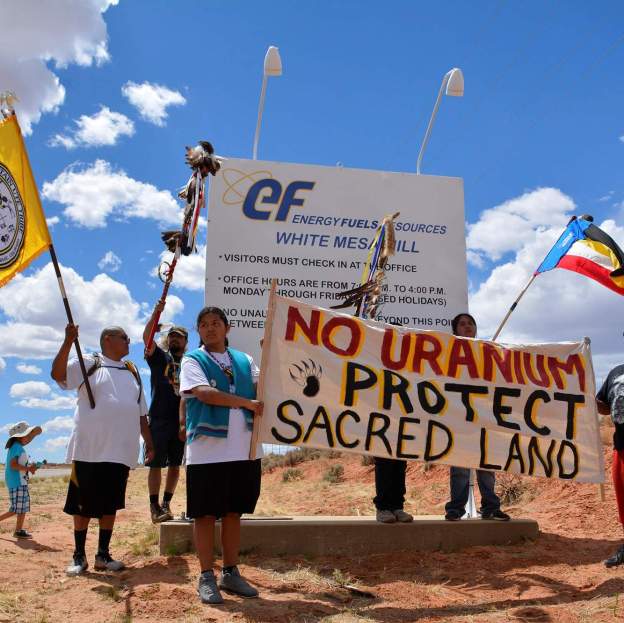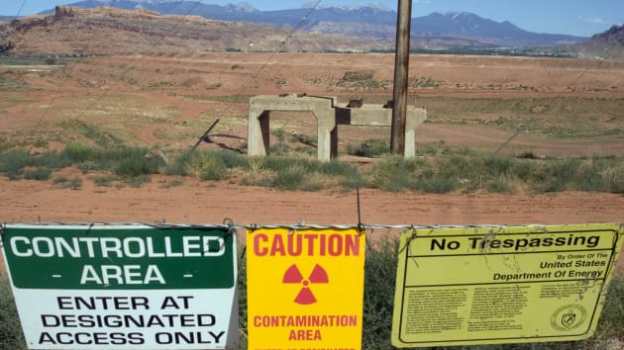Kyrgyzstan: Dr Osekeeva’s 38 years practising family medicine in this idyllic-looking valley in southern Kyrgyzstan make her a cataloguer of death. Cancer rates are rising, she says, and she thinks she knows the culprit. Buried along the river in and around Mailuu-Suu, a town of some 20,000 people, lurks the poisonous legacy of the Soviet Union’s first atom bombs: 2m cubic metres of radioactive waste leaching into the water supply. Mailuu-Suu was once closed to outsiders. Its well-paid workers were treated as members of the elite: they received perks such as handouts of beer and beach vacations in Crimea. Over the years, they mined and milled 10,000 tonnes of uranium ore into yellowcake, ready for conversion into bomb material. Uranium was also sent from as far as East Germany and Czechoslovakia to be processed here.
With the collapse of the Soviet Union and local industry in 1991, the specialists left. Supervision of the town’s 23 tailings sites—dumps containing the hazardous leftovers—became sporadic. Fences and warning signs have been looted for scrap metal. Today, cows graze atop the invisible menace. Goats sleep inside an abandoned uranium mineshaft. Local dairy products and meat are often unsafe; kitchen taps spew silty river water laced with heavy metals.
Neighbouring countries worry. The river through Mailuu-Suu is prone to earthquakes and floods. It is only about 15 miles (25km) upstream from Central Asia’s breadbasket, the Fergana Valley, which is home to over 10m people. Every few years landslides block the flow, threatening to flood the dumps and wash radionuclides over the melon patches and cornfields downstream. A European aid official warns of a “creeping environmental disaster”.
Mailuu-Suu is only a small part of the picture. Dotting hills above the Fergana—straddling the post-Soviet republics of Kyrgyzstan, Tajikistan and Uzbekistan—lie dozens of other tailings dumps. Many also contain other heavy metals such as lead, arsenic and cadmium, which can be more dangerous to the body than radiation. Few are secured or monitored.
The three countries are hardly on speaking terms, so cross-border co-operation is non-existent. …Kyrgyzstan, however, has made a little progress. Between 2010 and 2012, an $8.4m World Bank-led project moved 150,000 cubic metres of waste from one of the most accident-prone tailings dumps in Mailuu-Suu to a safer spot up the hill. But locals complain they were not briefed properly about this. They say workers stirred up radioactive dust; many claim cancers have grown more frequent since the transfer.
The government is appealing to the European Union for $50m to deal with ten sites at Mailuu-Suu it says are in need of “urgent” relocation. Others estimate that even this relatively small project would cost hundreds of millions. Kyrgyz officials grumble that donors are slow to make decisions, spending millions on assessments that take years.
The International Atomic Energy Agency says the landslides and flooding make Mailuu-Suu “high risk” and a top priority. But donors can be forgiven for hesitating. Corruption and inertia have eroded many government institutions in Kyrgyzstan and its neighbours.
Uranium in Central Asia: Poisoned legacy, Economist, July 11, at 40





